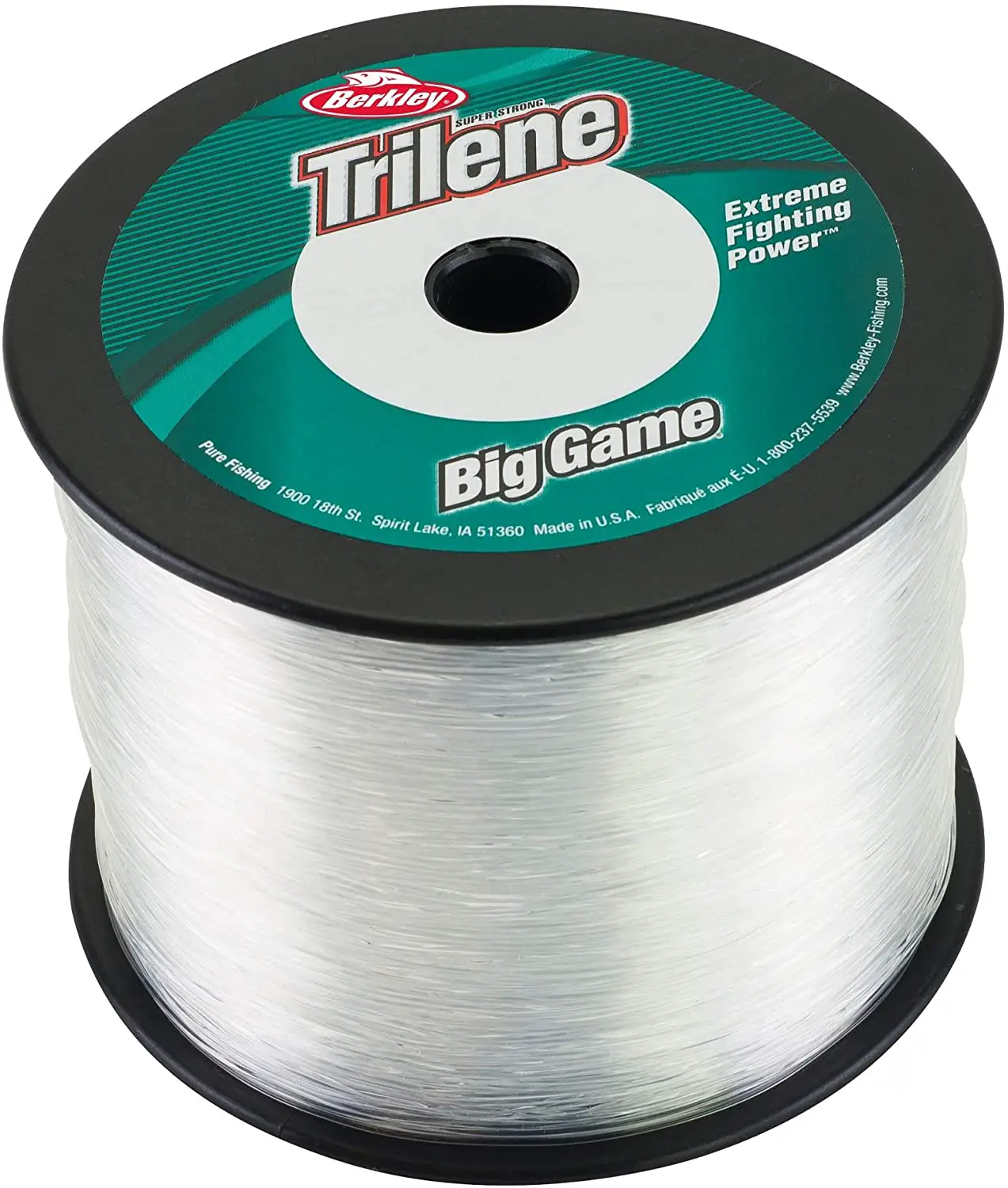The ideal amount of line on a spinning reel generally depends on reel size, line type, and fishing application. However, most medium-sized spinning reels on average should hold around 200 to 300 yards of line. It’s essential not to overfill or underfill the spool for best casting performance.
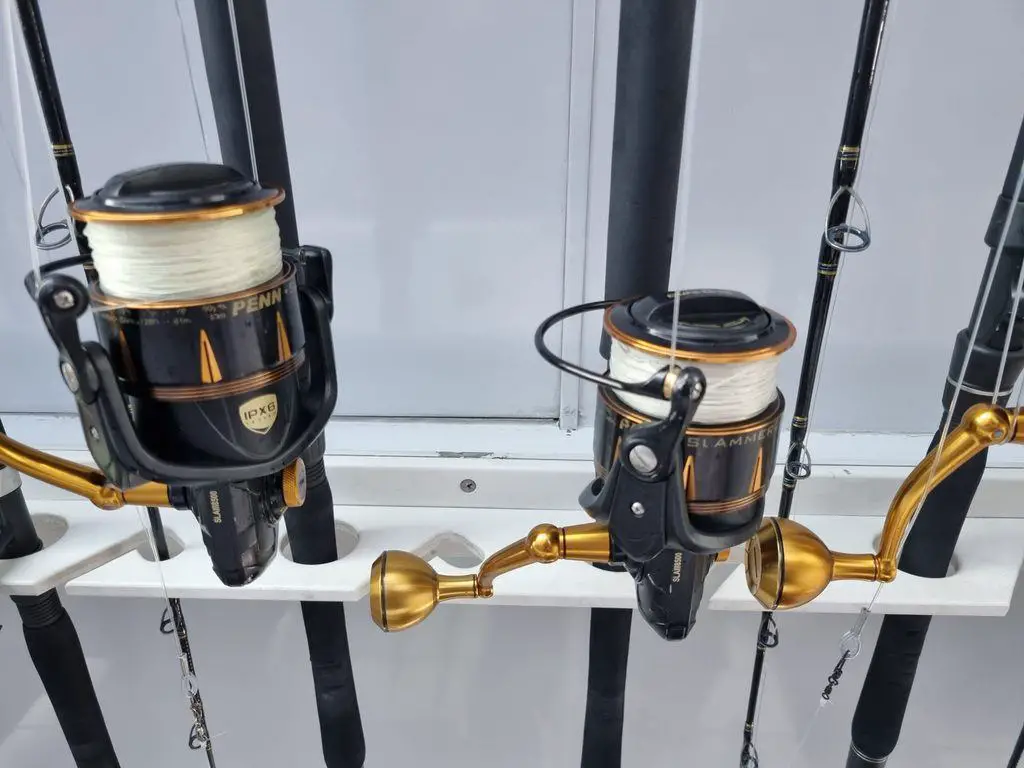
Table of Contents
How Much is Too Much
Overfilling your spinning reel with line can create many problems. I once packed on too much braided line, and what followed was a series of wind knots, tangles, and decreased casting performance. It was a fishing nightmare that could have been avoided by sticking to the recommended line capacity.
Generally, a good rule of thumb is to fill the spool until there's a 1/8th of an inch gap from the edge.
This prevents line from springing off and causing knots or tangles while maximizing your casting distance.
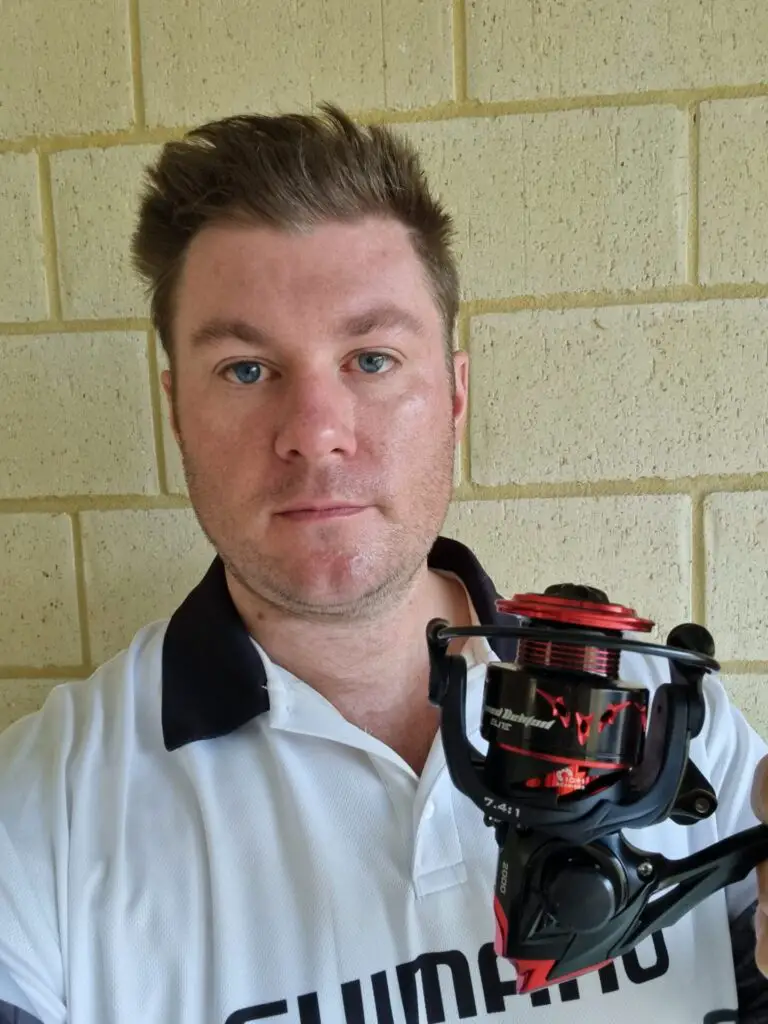
Line Amount for Specific Applications
The amount of line you need on your spinning reel significantly depends on the kind of fishing you plan to do. If you’re casting in small ponds or creeks, you probably don’t need more than 150 yards of line on a small reel.
However, if you’re like me and enjoy spinning reel fishing in big lakes or off-shore, a larger reel capable of holding 200 to 300 yards will be more fitting.
Types of Lines and Fills
Three common types of fishing line used with spinning reels are monofilament line (mono), braided line (braid), and fluorocarbon. Each has unique characteristics that affect how much line the spool can hold. For instance, braided line is thinner in diameter for a given pound test compared to monofilament line. This means you can fit more braid on a spool than mono of the same pound test.
Personally, I find braided line great for spinning reel fishing due to its higher line capacity and less stretch, allowing for better sensitivity and hook sets.
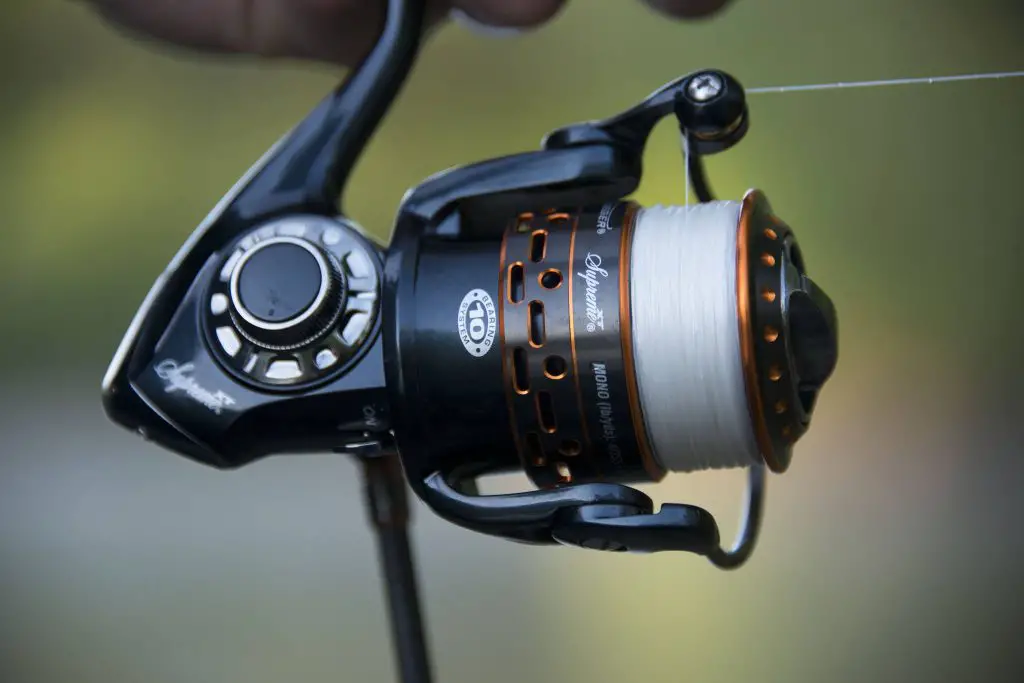
Too Much Line Causing Wind Knots
Overfilling a reel, especially with braided line, increases the chances of wind knots. I’ve found that maintaining the right amount of line, combined with proper casting technique, significantly reduces the chances of these pesky knots.
Popular Fishing Reel Models and Their Line Capacities
| Reel Model | Monofilament Line (yds/lb) | Braided Line (yds/lb) |
|---|---|---|
| Shimano Stradic 5000XGFK | 240/12, 195/16, 165/20 | 275/30, 220/40, 185/50 |
| Penn Battle II 3000 | 200/8, 165/10, 120/12 | 250/15, 180/20, 130/30 |
| Daiwa BG 4000 | 260/12, 210/14, 160/17 | 280/30, 220/40, 160/50 |
| Abu Garcia Revo X | 185/8, 130/10, 110/12 | 190/20, 140/30, 100/40 |
| Pflueger President XT | 255/4, 145/6, 130/8 | 275/8, 190/10, 160/14 |
| Okuma Cedros CJ-65S | 430/12, 310/15, 260/20 | 390/50, 300/65, 240/80 |
| Penn Pursuit III 8000 | 340/20, 310/25, 230/30 | 475/50, 390/65, 345/80 |
| Shimano Sedona 2500FD | 200/6, 140/8, 120/10 | 150/10, 145/15, 100/20 |
As a rule of thumb, remember these numbers are manufacturer recommendations and can change based on the exact diameter of the line you use. Even among lines with the same pound test, diameters can vary based on brand and line type (mono, braid, etc.).
How Much Mono Backing for Braid
When I first started using braided line for spinning reel fishing, one thing that became apparent was the slippery nature of the braid. It tends to slip on the bare spool, which can be quite frustrating when you’re trying to reel in a fish. That’s when I learned about the importance of using monofilament as backing for the braided line.
Generally, when using a monofilament backing for a braided line, I fill about 1/4 of the spool with 10 lb mono line.
The exact amount can vary depending on the size of the spool and the pound test of the braid.
It’s also essential to attach the mono to the braid securely. I use an Albright knot, but there are other suitable knots like the uni-to-uni knot or the FG knot. This layer of mono backing grips the spool and prevents the braid from slipping, offering a firm hold and giving you a reliable, secure connection when casting and reeling in.
What is Braid Ready
In spinning reels, the term “braid ready” is often used to describe a spool specially designed to hold braided line without the need for a mono backing. If you’ve ever encountered a slipping braid on a spool without a mono backing, you’ll understand why this feature can be a game-changer.
Braid ready reels have a rubber gasket or a textured surface on the spool that allows the braided line to grip the spool without slipping. This means you can tie the braided line directly onto the spool without a mono backing. This feature saves you time and the expense of buying and using a mono line you won’t be casting.
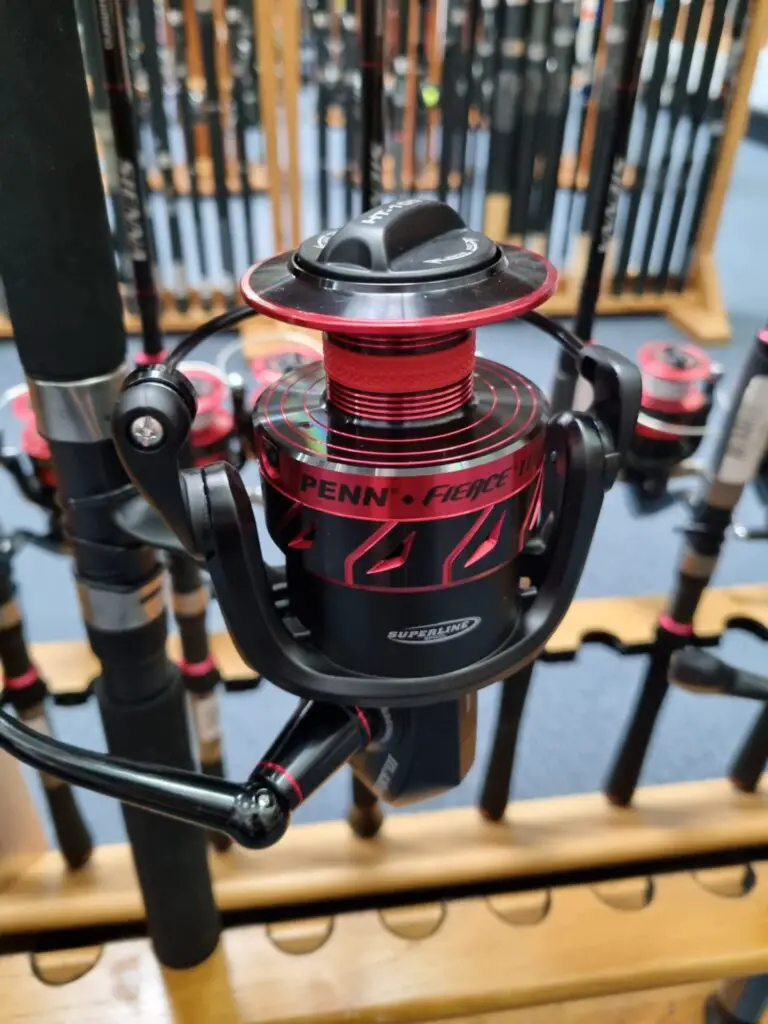
Minimum Amount of Fishing Line for Different Species
| Species | Minimum Line Capacity (yds) |
|---|---|
| Bass | 100-150 |
| Catfish | 150-200 |
| Tarpon | 300-400 |
| Tuna | 500-600 |
| Trout | 100-150 |
| Salmon | 150-200 |
| Walleye | 100-150 |
| Northern Pike | 200-250 |
| Redfish | 150-200 |
| Snook | 200-250 |
| King Mackerel | 300-400 |
| Marlin | 600-800 |
| Sailfish | 500-600 |
| Mahi Mahi | 300-400 |
| Wahoo | 400-500 |
Overfilling a Spool
Overfilling a spool can harm your casting performance and increase chances of wind knots and tangles. When I first started spinning reel fishing; I thought filling my reel to the brim would increase my casting distance. Unfortunately, it only led to frustrating fishing trips filled with line troubles.
The most common symptom when overfilling a spool is that the line will spring free and loop around your bail arm. Some reels have bevels on their spool which reduces the friction during casting and increases your distance, but does make it more vulnerable to overfilling.
Importance of Line Capacity Rings
Line capacity rings on the spool can be an excellent guide for spooling your line. These rings indicate the line left on the spool, helping prevent overfilling or underfilling. After learning about them, I’ve found my spinning reel fishing experiences much smoother and less hassle.
When you’re locked in a battle with a big fish, these rings can provide an instant reference to how much line you have left on your reel. If a large fish pulls line off your reel, a quick glance at the line capacity rings will let you know if you’re close to being spooled (running out of line). This allows you to adjust your strategy – tightening the drag, following the fish, or turning the boat – to avoid losing the fish.
For those of us who use braided line with a mono backing, the line capacity rings can help us estimate how much mono to add before attaching the braid. For example, if your reel has three line capacity rings, you can fill the reel with mono until you reach the bottom ring and then fill the rest with braid.

Conclusion
Understanding how much line to put on your spinning reel can significantly impact your fishing performance. It’s about balancing the right amount of line for your fishing application while avoiding problems with overfilling or underfilling your spool. Always remember, the right line capacity for your reel will help you confidently reel in the big ones!

